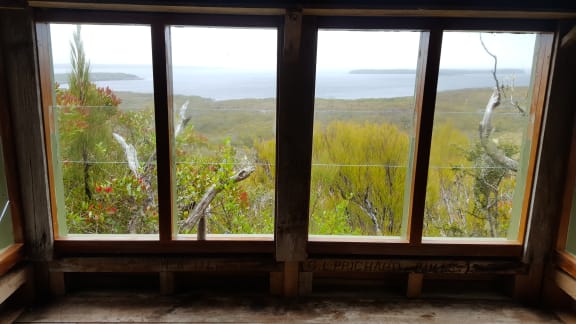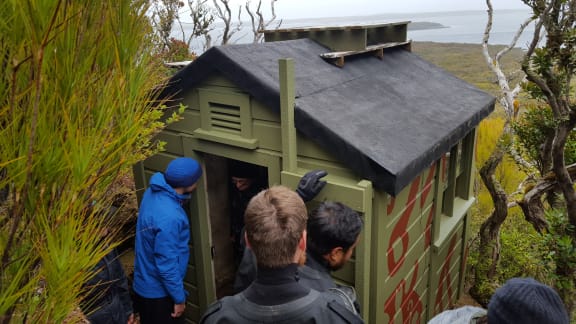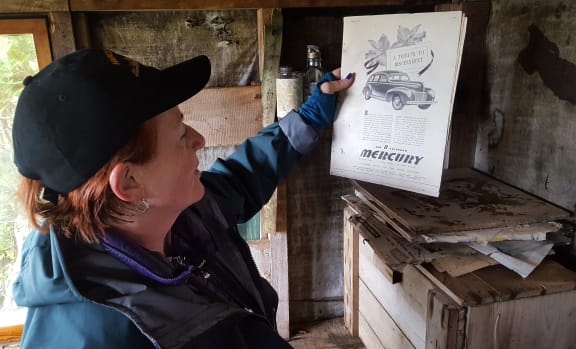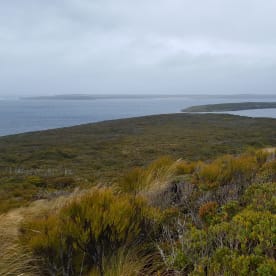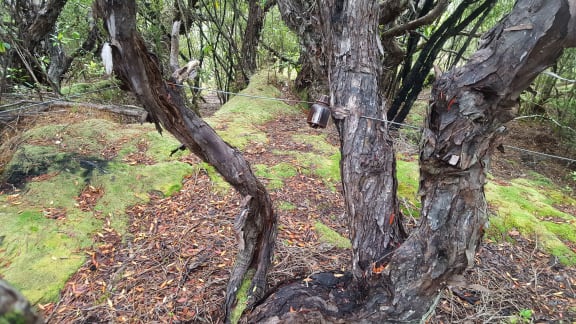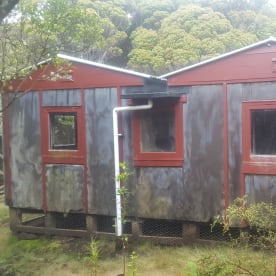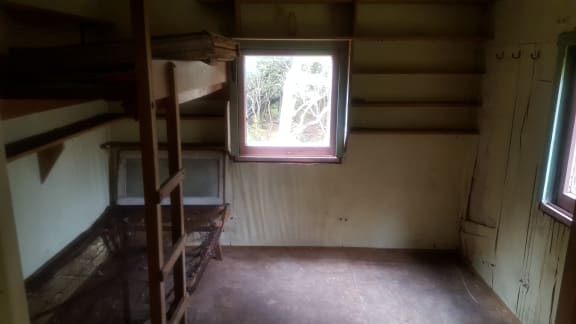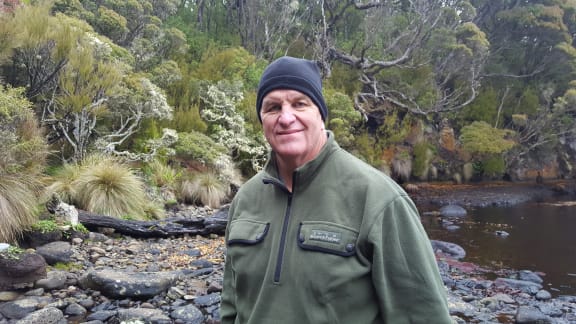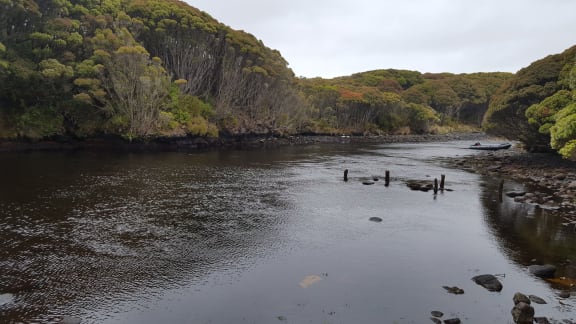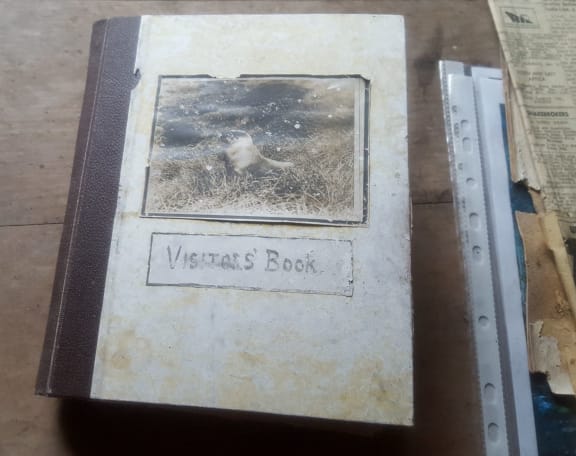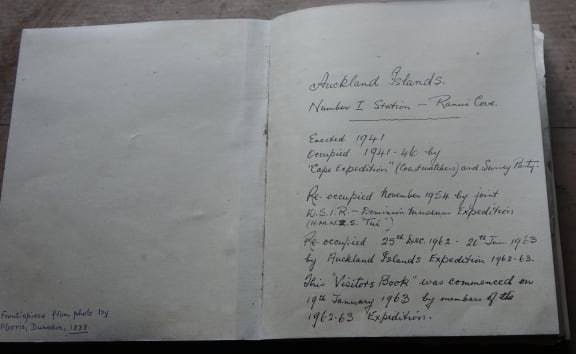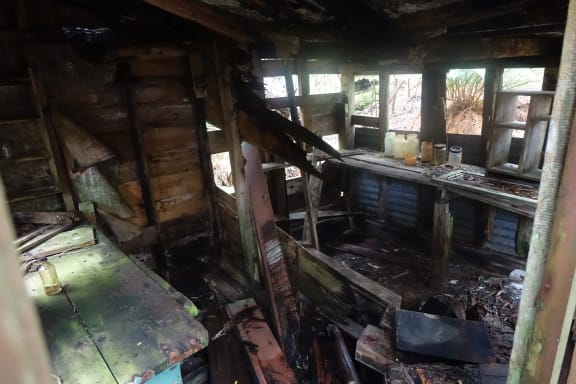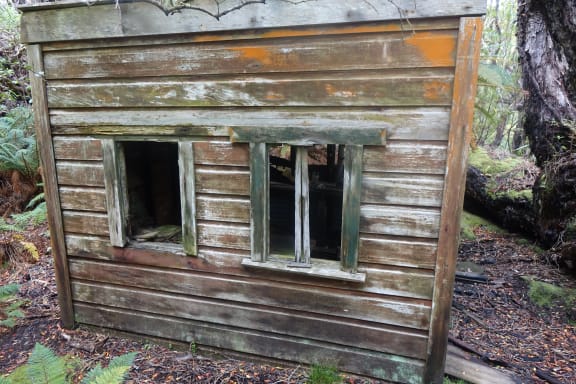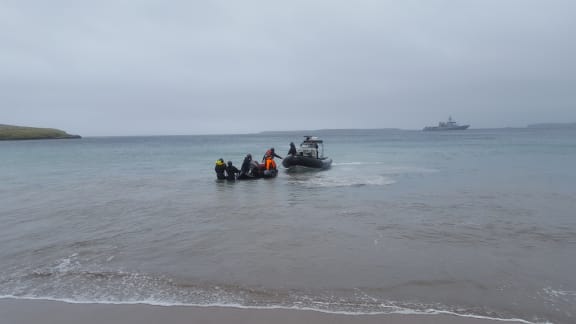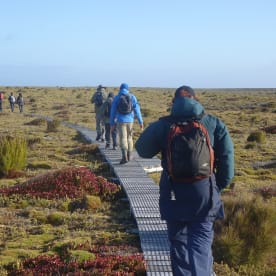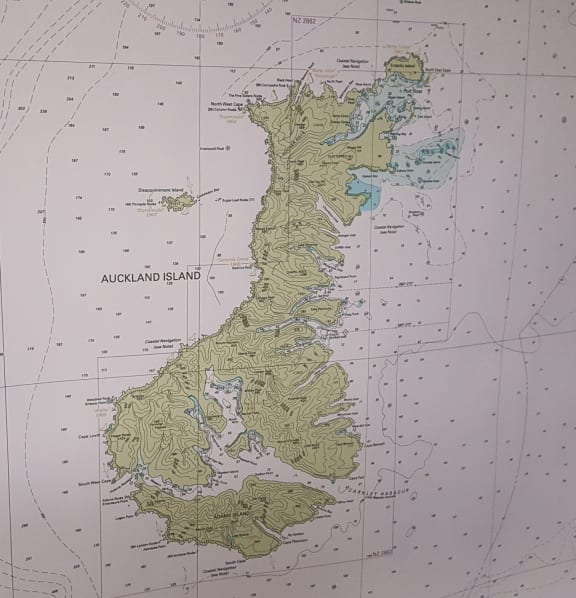The tale of the Coastwatchers is a unique New Zealand story which combines history and conservation with a secret and courageous war mission.
This is the story of a group of men who, during the Second World War, were quietly posted to remote islands in the Pacific and on New Zealand's subantarctic Auckland and Campbell islands to raise the alarm against enemy ships.
The southern arm of the covert operation, which was officially known as the Cape Expedition, didn’t see much action, but did create a remarkable scientific legacy - five years of detailed fieldwork observing subantarctic wildlife.
Only some of the huts the men used still stand, and the Department of Conservation is struggling to retain them, aware that they’re irreplaceable yet rarely visited. These heritage sites also stand in one of the country's most remote and vulnerable environments, which is a World Heritage Site.
Watching out for enemy shipping – and wildlife
A delegation of DOC staff, led by Conservation Minister Maggie Barry, recently visited the Auckland islands and called in to see one of the remaining Coastwatch bases at Ranui Cove, overlooking Port Ross.
Since watching for enemy shipping only took one man at a time, at least one scientist was included in each three to five man coastwatching group, and they led the collection of data about the only other inhabitants of the Auckland and Campbell Islands - the wildlife.
Some of the men stayed for just a year, but others returned again and again, like RNZ reporter Ian Telfer’s great uncle-in-law, Jack Sorensen, who spent five years at the Campbell Island base, and ended up writing a book about it called Wild Life in the Subantarctic.
But wildlife observations had to happen around the main task of watching out for enemies, and at Ranui Cove that took place up a nearby hill, about a 15-minute walk from the modest modest square, wooden building where the men lived, tucked in forest at the edge of the harbour.
The lookout and the house were connected by radio communications, made over a metal wire that was laid through the forest and can still be seen in places.
At the top of the hill there's a clear view of all of the harbour, Port Ross - it's easy to see why this place was chosen to watch for the enemy.
The watchers' hut is tiny - less than two metres by two metres but thanks to restoration work that DOC has done it's warm, dry and in good nick. Inside there's a bench with names carved into it, probably done during the long days of waiting.
A tricky balancing act
The islands are already a tricky balancing act for DOC. The Department is charged with protecting these almost pristine and vulnerable environments which are National Nature Reserves and part of a World Heritage Site, while still allowing visitors to experience them.
When it comes to historical conservation, few people visit the Coastwatchers site at Ranui Cove, but DOC is also well aware the buildings and wires carry an irreplaceable history.
Under the current conservation management strategy up to a thousand people a year are allowed ashore on nearby Enderby Island. The Coastwatchers' huts at Ranui get far fewer visitors – no more than 150 people a year.
DOC faces a number of challenges in managing the historic site. Ranui Cove is a stone-lined cove, there's no landing wharf, and the tracks and mud steps the Coastwatchers cut into the hill are fragile.
Another problem is that the huts were not built to last. The watcher's lookout has been restored, but the main house here would need recladding and long term protection, an expensive challenge when the islands are almost 500 kilometres away from the mainland.
DOC has put in tourism infrastructure, mainly boardwalk to ‘harden’ the walking track, on the nearby wildlife jewel Enderby Island, but not yet at less visited places such as Ranui.
Jo Hiscock says DOC has yet to work out how to keep up with the demand to experience the settlement's unique history, yet preserve it and the sensitive environment it sits in.
Find out more about the Cape Expedition and the Coastwatchers
If you'd like to find out more, Coastwatcher Graham Turbott's diary is a fascinating read.

